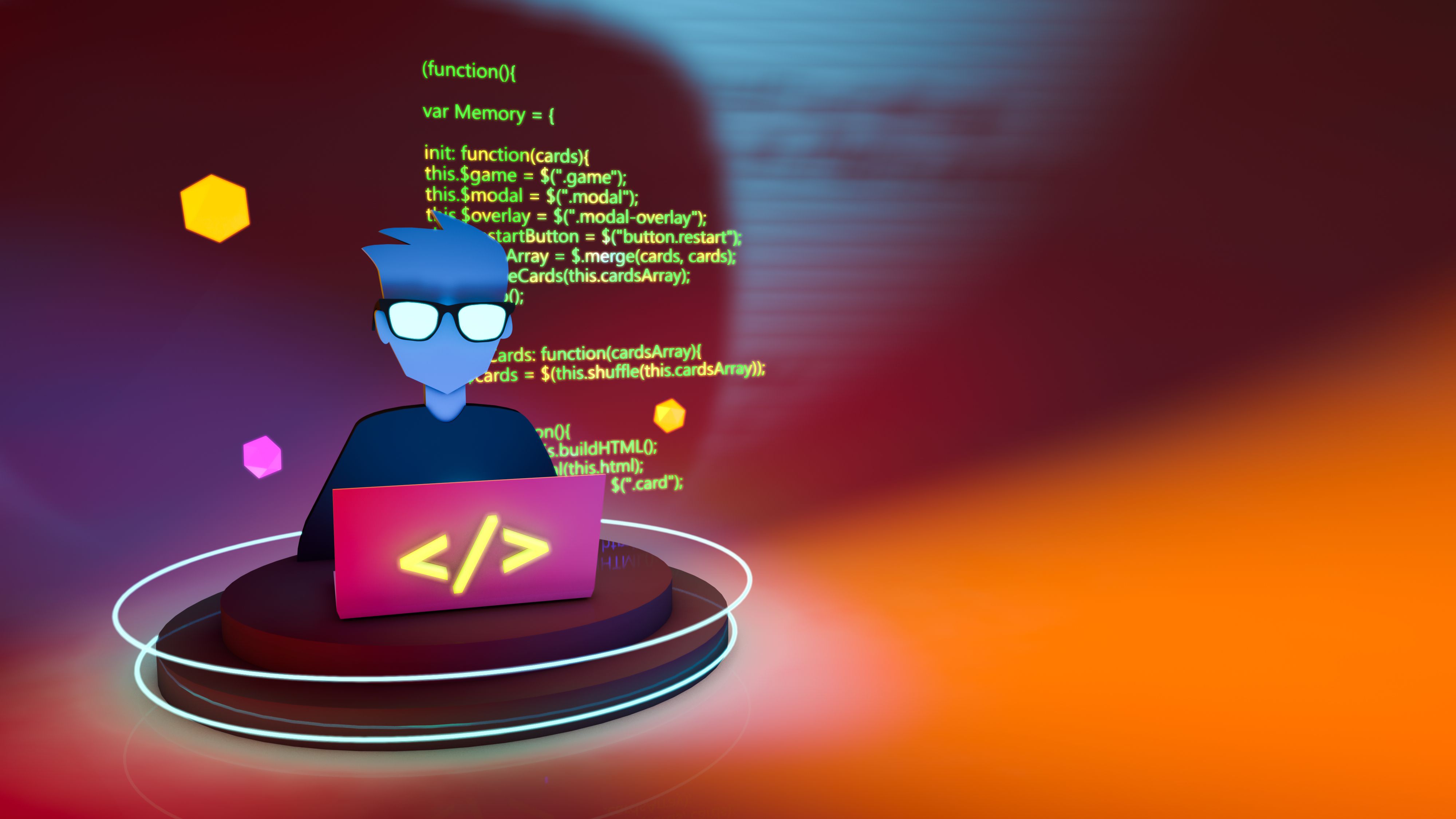Jamstack Trends: How will we develop in 2025?

In the ever-evolving landscape of web development, Jamstack stands out as a revolutionary approach that has significantly transformed the way we build and deploy websites. As we look ahead to 2025, several key trends are poised to shape the future of Jamstack development. In this comprehensive article, we delve into these trends, exploring how they will influence the Jamstack web development ecosystem and why they matter for developers and businesses alike.
What is Jamstack?
Jamstack is an acronym that stands for JavaScript, APIs, and Markup. It is a modern web development architecture based on client-side JavaScript, reusable APIs, and pre-built Markup. The architecture decouples the web experience layer from data and business logic, providing a faster, more secure, and scalable solution for web development.
Trend 1: Enhanced Performance and Scalability
One of the most significant advantages of Jamstack web development is its ability to deliver enhanced performance and scalability. By serving pre-rendered static files directly from a CDN (Content Delivery Network), Jamstack sites load much faster compared to traditional server-rendered sites. In 2025, we expect to see further advancements in CDN technology and static site generation tools, making Jamstack sites even more performant and capable of handling increased traffic loads effortlessly.
Trend 2: Headless CMS Integration
The integration of headless CMS (Content Management Systems) with Jamstack is already gaining momentum, and this trend will continue to grow in 2025. Headless CMSs allow developers to manage content independently from the front-end presentation layer, providing greater flexibility and control. Popular headless CMSs like Contentful, Strapi, and Sanity will continue to evolve, offering more robust features and better integration with Jamstack frameworks.
Trend 3: Serverless Functions and Microservices
Serverless architecture and microservices are becoming increasingly popular in the Jamstack development ecosystem. These technologies allow developers to build and deploy backend services without managing server infrastructure. In 2025, we expect to see more tools and platforms that simplify the deployment and management of serverless functions and microservices, further enhancing the scalability and maintainability of Jamstack applications.
Trend 4: Improved Developer Experience
The Jamstack community is known for its vibrant and active developer ecosystem. In 2025, we anticipate continued improvements in developer experience through better tooling, documentation, and community support. Frameworks like Next.js, Gatsby, and Nuxt.js will continue to innovate, providing more features and streamlined workflows that make it easier for developers to build and deploy Jamstack applications.
Trend 5: Enhanced Security
Security is a top priority for any web application, and Jamstack offers inherent security advantages by reducing the attack surface. By serving static files and leveraging third-party services for dynamic functionality, Jamstack applications are less vulnerable to common web attacks. In 2025, we expect to see further enhancements in security practices and tools that make Jamstack applications even more secure, protecting both developers and users.
Trend 6: Personalization and Dynamic Content
While Jamstack is traditionally associated with static content, the demand for personalized and dynamic user experiences is growing. In 2025, we will see more solutions that enable dynamic content and personalization within Jamstack architectures. Technologies like incremental static regeneration (ISR) and client-side rendering (CSR) will play a crucial role in delivering dynamic experiences without compromising performance.
Trend 7: Integration with Modern Front-End Frameworks
Modern front-end frameworks like React, Vue, and Svelte are at the core of Jamstack development. In 2025, we expect deeper integration and more seamless workflows between these frameworks and Jamstack tools. This integration will enable developers to leverage the strengths of both Jamstack and their chosen front-end framework, resulting in more efficient and powerful web applications.
Trend 8: Growth of E-commerce on Jamstack
E-commerce is one of the fastest-growing sectors on the web, and Jamstack is becoming a popular choice for building e-commerce sites. In 2025, we will see more e-commerce platforms and tools that are specifically designed for Jamstack. These tools will provide features like serverless checkout processes, headless CMS integration, and real-time inventory management, making it easier for businesses to create and manage Jamstack e-commerce sites.
Trend 9: Focus on Accessibility
Accessibility is an essential aspect of web development, ensuring that websites are usable by people with disabilities. In 2025, there will be a stronger focus on accessibility within the Jamstack community. Developers will have access to better tools and practices for building accessible Jamstack applications, ensuring that their sites are inclusive and compliant with accessibility standards.
Trend 10: Adoption of Edge Computing
Edge computing is a paradigm that brings computation and data storage closer to the location where it is needed. In 2025, we will see increased adoption of edge computing in Jamstack development. By leveraging edge functions and deploying static assets closer to users, Jamstack applications will benefit from reduced latency and improved performance, providing a superior user experience.
Conclusion
As we look ahead to 2025, the future of Jamstack development is incredibly promising. With advancements in performance, scalability, security, and developer experience, Jamstack is set to continue its rise as a leading architecture for modern web development. By staying informed about these trends and leveraging the latest tools and technologies, developers and businesses can harness the full potential of Jamstack to build high-performing, secure, and scalable web applications
